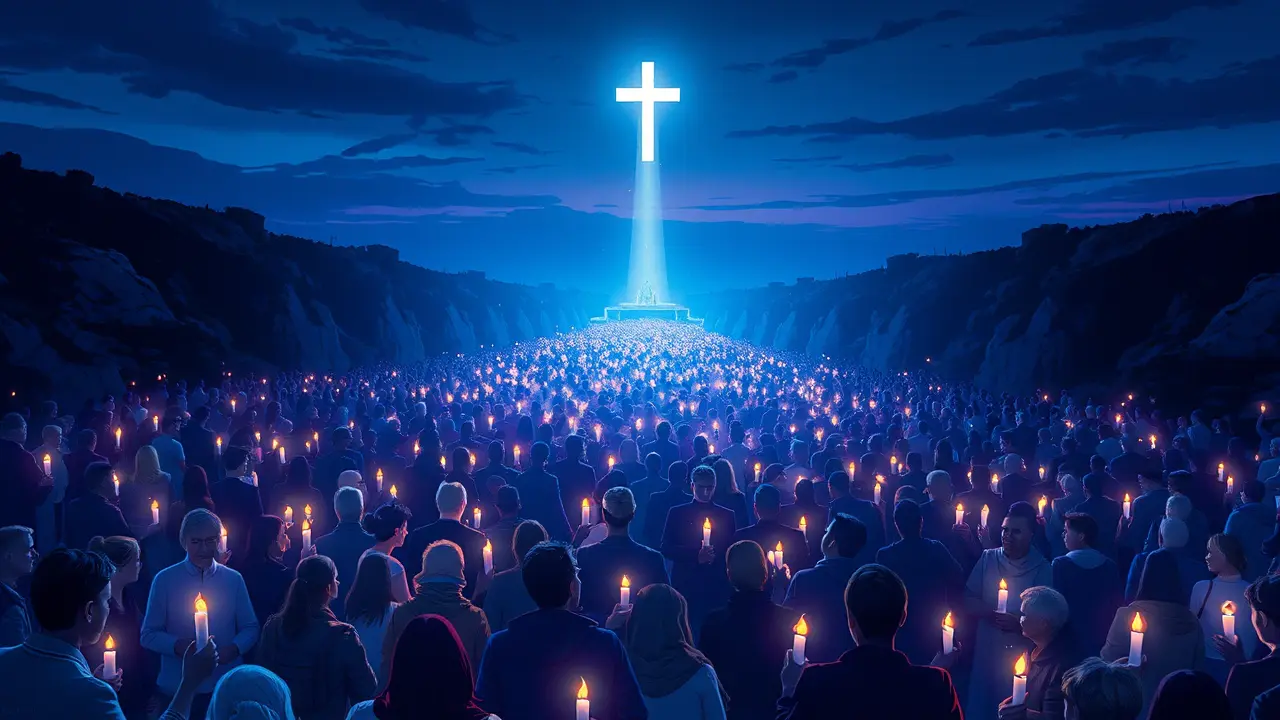Thousands Attend Final Fatima Pilgrimage of the Year.
They came not as a faceless mass, but as thousands of individual stories converging on a single point of light in the Portuguese dusk, each pilgrim carrying a private universe of hope and heartache into the collective glow of the final Fatima procession of the year. I stood among them, not as a distant observer, but as someone trying to understand the quiet hum of devotion that vibrates through the very air of this place, an energy less shouted than whispered, passed from one candle flame to the next like a secret.An elderly woman from Naples, her hands gnarled with arthritis, told me she has made this October journey for fifty years, a promise she made to her mother, and as she spoke, her eyes, reflecting the sea of lights, weren't focused on the past but on the palpable sense of continuity, the thread of faith that connects generations. A young man from Dublin, a software engineer who confessed he hadn't set foot in a church in a decade, was there because his sister had recovered from a sickness the doctors had given up on, and his presence was a wordless thank you, a testament to the human need for ritual in the face of the inexplicable.This is the true anatomy of a pilgrimage; it is less about the destination and more about the shared, vulnerable humanity of the journey, the unspoken agreement among strangers that they are part of something larger than their individual lives. The Candlelight Procession is a masterpiece of social psychology in action—a synchronized movement of bodies and beliefs, where the simple, repeated act of holding a light becomes a powerful, non-verbal language of solidarity.Sociologists might call it collective effervescence, but the pilgrims would simply call it peace. The farewell rituals, the waving of white handkerchiefs, aren't just a goodbye to a statue or a place; they are a symbolic releasing of burdens into the cool October night, a communal exhale after a year of carrying silent weights.To witness it is to understand that in an age of digital isolation and fractured attention, the primal human need to gather, to move together in purpose, and to share in a narrative of hope remains, for many, the most powerful technology of the soul. The shrine itself becomes a character in these stories, a silent witness to millions of whispered prayers and tear-streaked faces, its stones imbued with the emotional residue of a century of human longing. As the last notes of the hymn faded and the crowd began to disperse, the feeling left behind was not one of an ending, but of a quiet, persistent resonance, a reminder that the most profound journeys are often those we take not across maps, but inward, in the company of others seeking the same light.
It’s quiet here...Start the conversation by leaving the first comment.
